Onglyza 5 mg
Onglyza 5 mg contains saxagliptin, a dipeptidyl peptidase-4 (DPP-4) inhibitor that is used to treat adults with type 2 diabetes. Onglyza 5 mg is used to treat type 2 diabetes in patients who are unable to regulate their blood sugar levels by diet and exercise alone. It is the first-line therapy for type 2 diabetes patients, restoring the body’s insulin responsiveness. Insulin is the hormone that regulates blood sugar levels. Individuals with type 2 diabetes either produce insufficient insulin or the insulin produced is unable to work properly in the body (insulin resistance). Type 2 diabetes is most commonly found in middle-aged or older adults, which is why it is also referred to as adult-onset diabetes.
Onglyza 5 mg works by inhibiting DPP-4 (an enzyme that degrades the hormone ‘Incretin’). The enzyme ‘Incretins’ assists the body in producing additional insulin just when it is required and decreasing blood sugar levels produced by the liver when they are not required. Onglyza 5 mg is contraindicated in persons with type 1 diabetes and should not be used to treat diabetic ketoacidosis.
Onglyza 5 mg should be taken on an empty stomach or with food. However, for optimal outcomes, it should be taken at the same time of day each time. For the best guidance, your doctor will determine the appropriate dose, which may alter periodically based on your condition. Onglyza 5 mg is most frequently associated with hypoglycemia (low blood glucose levels), upper respiratory tract infection, nasopharyngitis (nose and throat infection caused by a common cold), and headache.
Even if you feel better, do not stop taking Onglyza 5 mg without consulting your doctor, as your blood sugar level will continue to fluctuate. If you suddenly stop taking Onglyza 5 mg, your blood sugar levels may rise, increasing your risk of vision loss (retinopathy), kidney damage (nephropathy), and nerve damage (neuropathy). If you have severe renal or liver illness, you should not use Onglyza 5 mg. Kindly inform your doctor if you have a cardiac condition, are pregnant or planning to become pregnant, or are breastfeeding.
Onglyza 5 mg used for an extended period of time may induce severe pancreatitis (swollen pancreas) and serious kidney problems. When Onglyza 5 mg is combined with other anti-diabetic medications or insulin therapy, an increased risk of hypoglycemia (low blood sugar level) may occur. Your doctor may adjust the dose of Onglyza 5 mg in this scenario. Severe allergic events such as anaphylaxis, angioedema (swelling beneath the skin), and exfoliative skin diseases such as Stevens-Johnson syndrome may develop in certain patients taking Onglyza 5 mg. Onglyza 5 mg’s safety and efficacy in children under the age of 18 years have not been demonstrated, and hence it should not be given to them. Patients using digoxin (a cardiac medication) and Onglyza 5 mg should be cautiously watched for signs of a serious drug interaction.
Onglyza 5 mg Indications Type 2 diabetes (non insulin dependent diabetes).
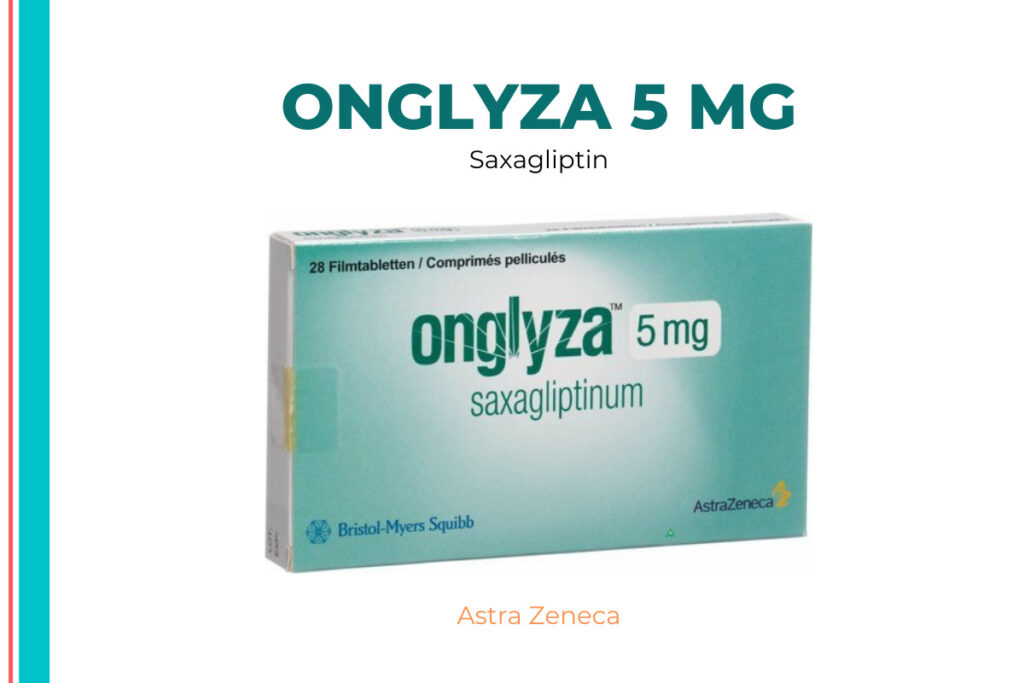
Medicinal Advantages
Onglyza 5 mg works by inhibiting DPP-4 (an enzyme that degrades the hormone ‘Incretin’). The enzyme ‘Incretins’ assists the body in producing additional insulin just when it is required and decreasing blood sugar levels produced by the liver when they are not required. Thus, Onglyza 5 mg is critical for blood sugar control and the prevention of major diabetes consequences such as vision loss (retinopathy), kidney damage (nephropathy), nerve damage (neuropathy), diabetic foot ulcers, and delayed wound healing.
Use Instructions
At the start of a meal or slightly before, swallow the tablet whole with a glass of water. Distribute the dosages evenly throughout the day, no more than four hours apart. Avoid chewing or crushing it.
Storage Keep out of direct sunlight and in a cool, dry area.
Onglyza 5 mg Adverse Reactions
The majority of Onglyza 5 mg side effects are mild and resolve on their own. However, if the adverse effects persist, consult your physician. Hypoglycemia (low blood glucose levels) is a typical adverse effect of Onglyza 5 mg. Other common side effects include upper respiratory tract infection, nasopharyngitis (infection of the nose and throat caused by a common cold), and headache. However, they would be transient and might be alleviated after a period of time. However, if you continue to experience difficulty, consult a physician.
Adverse Drug Reactions
When Saxagliptin is used with other anti-diabetic medications or insulin therapy, an increased risk of hypoglycemia (low blood sugar level) may occur. In this instance, your physician may alter your Saxagliptin dose. Saxagliptin use for an extended period of time may result in acute pancreatitis (swollen pancreas) and serious kidney problems. Severe allergic events such as anaphylaxis, angioedema (swelling beneath the skin), and exfoliative skin disorders such as Stevens-Johnson syndrome may develop in certain people on Saxagliptin. Saxagliptin’s safety and efficacy in children under the age of 18 years have not been proved, and so it should not be given to them. Patients who use digoxin (a cardiac medication) in combination with Saxagliptin should be cautiously watched because a serious drug interaction has been documented.
Interactions Between Drugs
Interactions Between Drugs: Saxagliptin may interact with antidepressants (bupropion), glaucoma medications, antibiotics (cephalexin, ciprofloxacin), anti-acidity medications (cimetidine), anti-HIV medications (dolutegravir), ethanol, saliva reducing medications (glycopyrrolate), iodinated X-ray contrast agents, anti-epileptic medications (topiramate, lamotrigine), and heart (ranolazine). Other medications, such as sex hormones (androgens), antioxidants (alpha-lipoic acid), pain relievers (aspirin), anti-TB drugs (prothionamide), growth hormones (pegvisomant), and other antidiabetic medications, may also contribute to an increased risk of low blood sugar.
Drug-Food Interaction: Excessive consumption of alcoholic beverages may raise the risk of developing a potentially fatal illness called Lactic Acidosis. As a result, avoid alcoholic beverages when using Saxagliptin.
Saxagliptin should be taken cautiously in people who have a history of pancreatitis/pancreatic illness or renal failure.
Safety Recommendations
ALCOHOL
Saxagliptin should not be taken with alcohol due to the possibility of strange interactions. Hypoglycemia (low blood sugar) or hyperglycemia (high blood sugar) can occur, depending on the amount and frequency of alcohol consumed.
PREGNANCY
Although no adverse reaction has been observed in pregnant women, the patient is encouraged to visit a physician prior to taking this medication during pregnancy.
BREAST FEEDING
Although no adverse reaction has been observed in breastfeeding moms, patients are encouraged to see a physician prior to taking this medication.
DRIVING
Caution is required. If a patient becomes dizzy while taking Saxagliptin, he or she should refrain from driving or operating any tools or equipment. Hypoglycemia may impair your ability to drive, operate machinery, or work with a secure foothold, and there is a danger of hypoglycemia when this medication is combined with other hypoglycemic medications such as insulin or sulphonyl Reas.
LIVER
Caution should be exercised in people who have liver disease. Patients with serious liver problems should not take this medication without consulting a physician.
KIDNEY CAUTION SHOULD BE USED IN PATIENTS WITH KIDNEY DISEASES
Patients with impaired renal function should see their doctor before starting Saxagliptin, as the doctor may adjust the dose based on his or her clinical assessment.
Advice on Diet and Lifestyle
Spend at least 150 minutes per week in moderate-intensity physical activity or 1 hour and 15 minutes per week in high-intensity physical activity.
Gradually losing weight to obtain a healthy body mass index (18.5 to 24.9).
Substituting whole grain foods for refined carbohydrate foods and increasing consumption of fruits, vegetables, and other fiber-rich foods.
Reduce saturated fat (or hidden fat) consumption in foods such as chips, crisps, pastries, biscuits, and samosas. For daily cooking, choose oils high in omega 3 fatty acids. Use palm oil, mustard oil, groundnut oil, rice bran oil, or safflower oil for frying.
Avoid excessive stress, as it may cause your blood sugar level to rise. You can learn stress management strategies such as mindfulness, meditation, or yoga to help you manage stress-related blood sugar changes.
Make a point of purchasing low-fat dairy products (low-fat yoghurt, fat-free milk and cheese etc.).
Maintain a normal blood pressure (140/90) as much as possible because this minimizes the risk of cardiovascular disease in diabetic people.
Special Guidance
Continue to take Saxagliptin tablets until your doctor advises you otherwise, as diabetes treatment is typically lifelong.
Additionally, this item is non-returnable.
Concern for Patients
Type 2 diabetes is a condition in which the body is unable to produce enough insulin or the insulin it does produce does not act correctly or is not properly utilized by the body. This can result in elevated blood sugar levels (hyperglycemia). Increased thirst, frequent urination, increased hunger, weariness, and blurred vision are among symptoms of type 2 diabetes. In certain circumstances, weight increase may occur, whereas in rare instances, weight reduction may occur. Type 2 diabetes complications include neuropathy (nerve damage), nephropathy (kidney damage), retinopathy (damaged retina of the eyes or blindness), amputation of limbs, sexual dysfunction, and an increased risk of heart attack or stroke.
FAQs
It is well-known that saxagliptin can cause stomach distress, indigestion, nausea, and diarrhea. To avoid these adverse reactions, take Saxagliptin with food. Additionally, to minimize unpleasant side effects and to achieve the optimum outcomes, Saxagliptin should be taken at properly spaced intervals.
Not recommended in people with hyperlipidemia, as Saxagliptin has been found to increase blood cholesterol levels in a normal patient.
The patient is urged to take the missing dose as soon as possible; otherwise, the patient should proceed to the next dose. Never should a patient take a double dose to make up for a missed dose. It may exacerbate potentially dangerous side effects.
According to the American Diabetes Association, the majority of research conducted on Saxagliptin and its potential to cause cancer concluded that Saxagliptin is not connected with any type of cancer and is therefore safe to use in patients.
If a patient consumes an unintentional overdose of Saxagliptin, they may have collapse, seizure attacks, and difficulty breathing. In such a circumstance, emergency health services must be informed immediately and medical assistance sought.

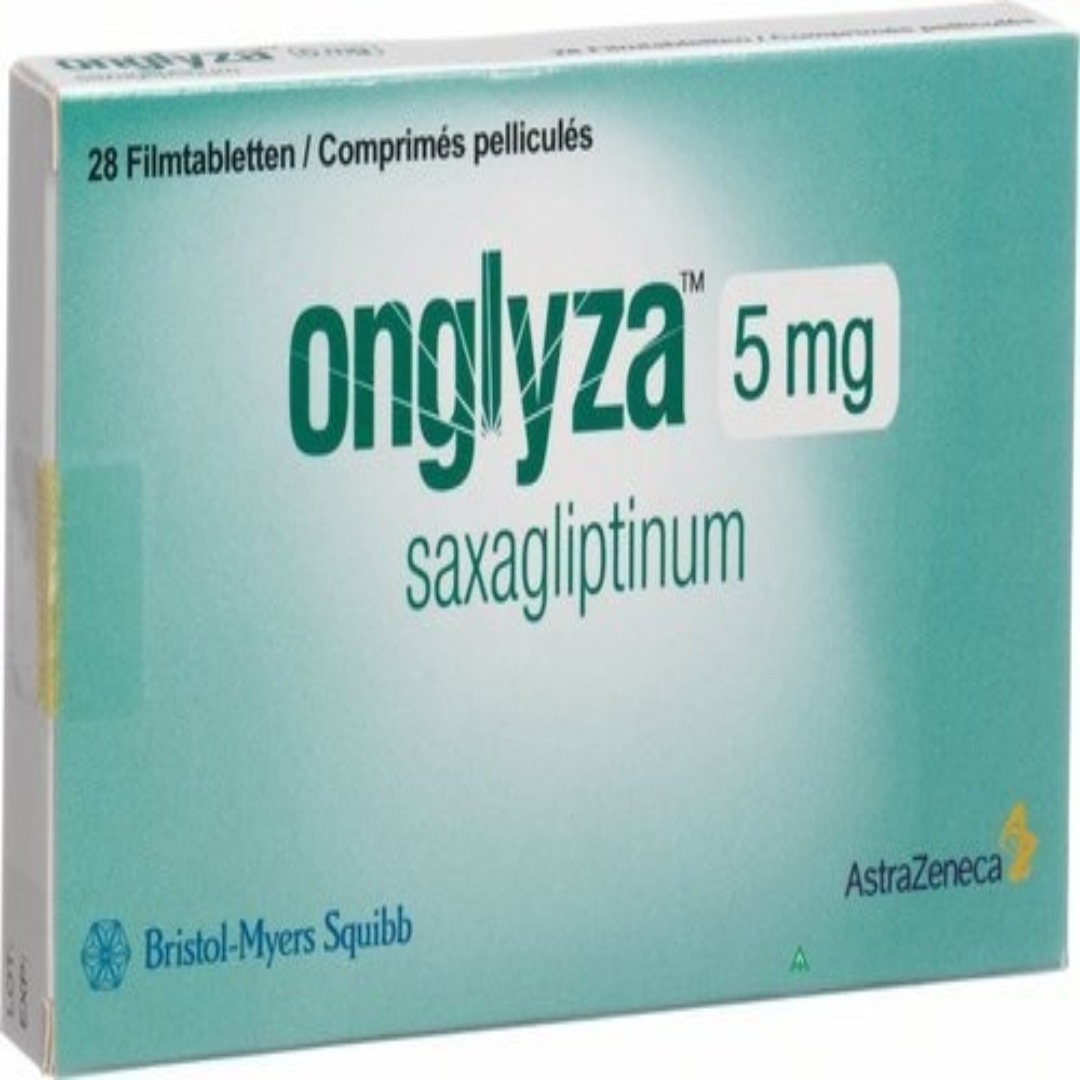
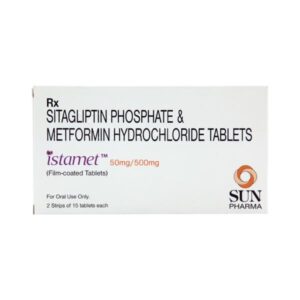

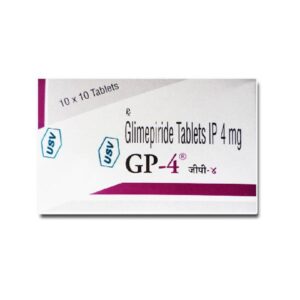
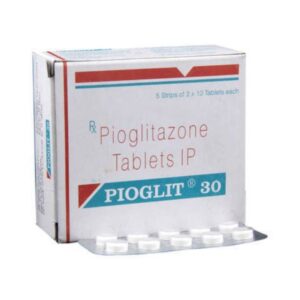
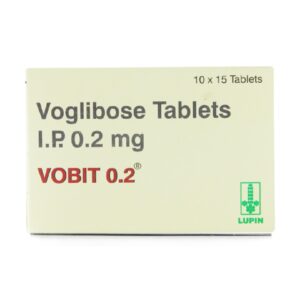
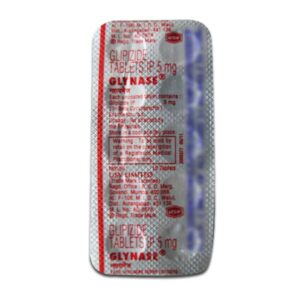
Leave a Reply
You must be logged in to post a comment.